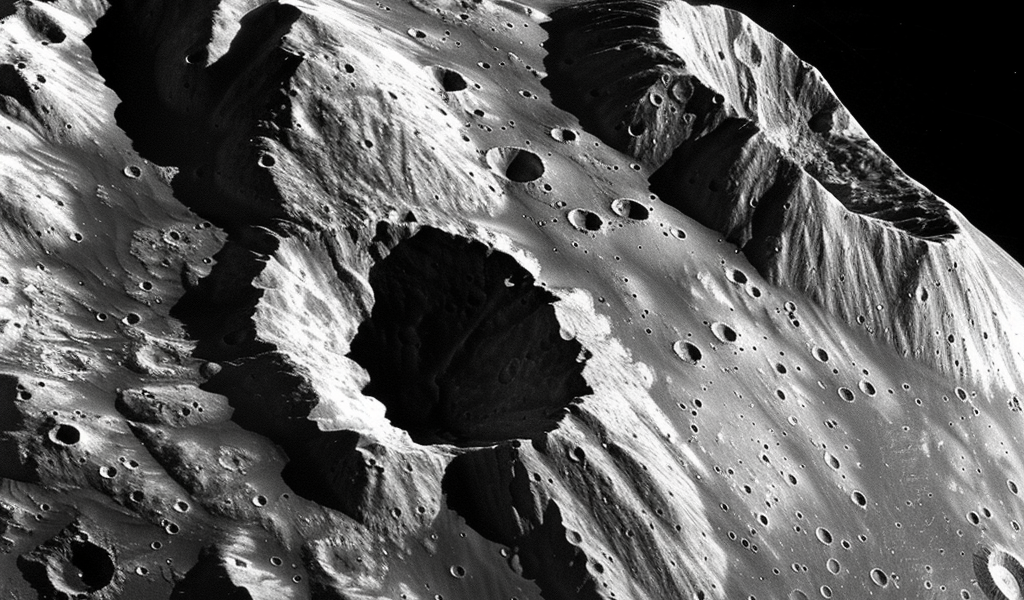Recent findings from previously unpublished photos of Mars’ moon Phobos have sparked new theories suggesting that the enigmatic satellite could potentially be a captured comet or a fragment of one, alongside its companion moon Deimos. The intriguing discovery challenges existing hypotheses about the origins of these celestial bodies.
For years, scientists have debated the genesis of Phobos and Deimos, with some proposing that they were once asteroids drawn in by Mars’ gravitational pull due to their similar chemical composition to rocks in the asteroid belt. However, simulations attempting to replicate the moons’ near-circular orbits around Mars have fallen short, casting doubt on this explanation.
Another theory speculates that a significant impact event, akin to the one that formed Earth’s moon, sculpted the moons out of Mars. Yet, the differing chemical makeup of Phobos compared to Mars undermines this scenario, adding to the mystery surrounding their formation.
The Japan Aerospace Exploration Agency’s upcoming Martian Moons eXploration (MMX) mission, set for launch in 2026, aims to shed light on Phobos’ origins. Sonia Fornasier, a prominent astronomy professor involved in the mission, stumbled upon the undisclosed images while refining the spacecraft’s trajectory.
These images, captured by high-resolution cameras aboard the Mars Express spacecraft, meticulously detail Phobos’ surface features, including the prominent 9-kilometer-wide Stickney crater. Fornasier and her team leveraged these images to conduct photometric analyses, assessing how Phobos reflects sunlight at varying angles to unveil insights into its composition and structure.
The hypothesis that Phobos could be a trapped comet or a fragment of one opens up new avenues for understanding the moon’s enigmatic nature. As researchers continue to unravel the mysteries surrounding Mars’ moons, these recent findings serve as a catalyst for further exploration and scientific inquiry.





